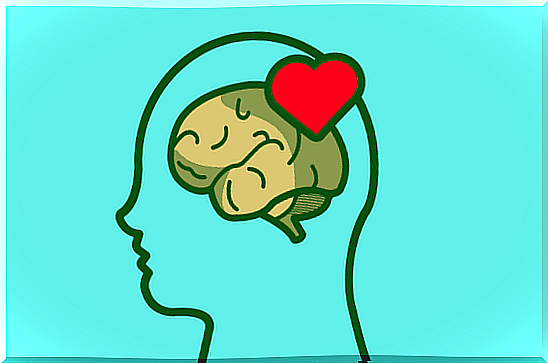Emotional Education: What We Should Learn Is The Only Thing They Don’t Teach Us

Emotional education is a response to social needs that are not sufficiently addressed in ordinary academic plans. Among these needs are the presence of anxiety, stress, depression, violence, drug use, suicides, risk behaviors, etc. All of this is, to a large extent, a consequence of emotional illiteracy.
Emotional education aims to develop emotional competencies. We understand emotional competencies as the set of knowledge, abilities, skills and attitudes necessary to become aware of, understand, express and regulate emotional phenomena appropriately.
Within the emotional competencies are emotional awareness and regulation, emotional autonomy, social competencies, life skills and well-being.
Developing emotional competencies requires continued practice. For this reason, emotional education begins in the first moments of life and must be present throughout the entire life cycle.
Therefore, it should be present in early childhood, primary, secondary, family education, adult education, socio-community media, organizations, older people, etc. (Bisquerra, 2011).

Is it necessary to include emotional education in schools?
Daniel Goleman, a psychologist who authored the book Emotional Intelligence in 1995 and co-founder of the Society for Academic, Social and Emotional Learning, is one of the most authoritative voices to speak of emotional education. It makes it clear to us that we must learn to control emotions, specifically the really stressful and disabling emotions.
We are always stepping on the emotional world, although many times we are not able to identify the type of tile under our feet. Everything we learn is conditioned by our emotional state.
We live with emotions since we are born and they play a relevant role in the construction of our personality and social interaction. We experience emotions in any space and time, with family, with friends, with our environment, with our peers, with our school, with our educators, etc.
School is another area of knowledge and experiences in which emotions develop. Educating means contemplating the integral development of people, developing cognitive, physical, linguistic, moral, affective and emotional capacities (Cassà, 2005).
The contents of emotional education that can be worked on at school are the following:
- Emotional awareness. It involves becoming aware of one’s own emotional state and manifesting it through verbal and / or non-verbal language, as well as recognizing the feelings and emotions of others.
- Emotional regulation. The ability to regulate unpleasant impulses and emotions, to tolerate frustration, and to know how to expect rewards.

Emotional education for well-being
Well-being has a personal and a social dimension. This is a reality and working with it will allow us to transcend the myopic vision of individual well-being … to orient ourselves towards the integral development of people within their respective organizations. The objective is social well-being in interaction with personal well-being (Bisquerra, 2011).
Recent research has provided evidence of the positive effects of emotional education. The general conclusion is that the systematic development of emotional education programs that meet minimum conditions of quality and dedication time have an important impact on the integral development of people.
Keep in mind that emotional skills are the most difficult to acquire. A normal student in a quarter can learn to solve second grade equation problems.
However, automating the regulation of impulsivity in anger situations (and preventing violence) takes years of training. This is one of the challenges of emotional education: dedicating the necessary space to it.
In the current state of knowledge, a good space could be configured by weekly sessions of 45-60 minutes throughout the course over several years (Bisquerra, 2011).









